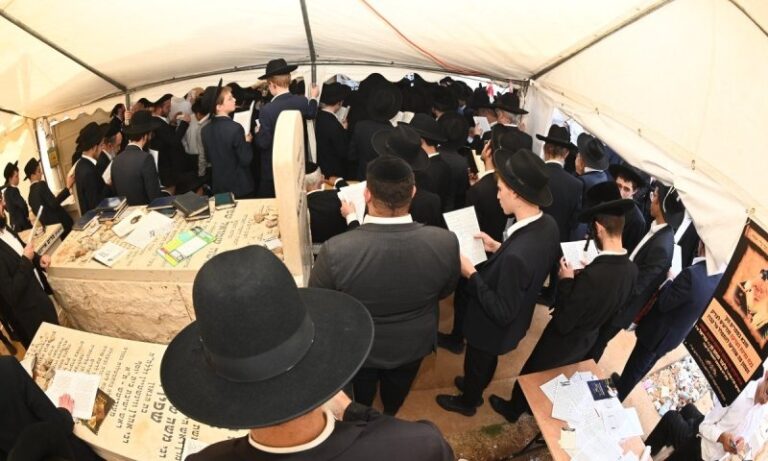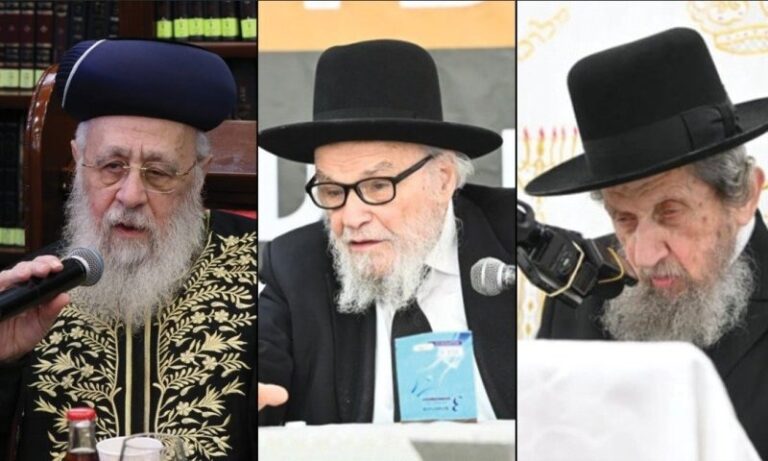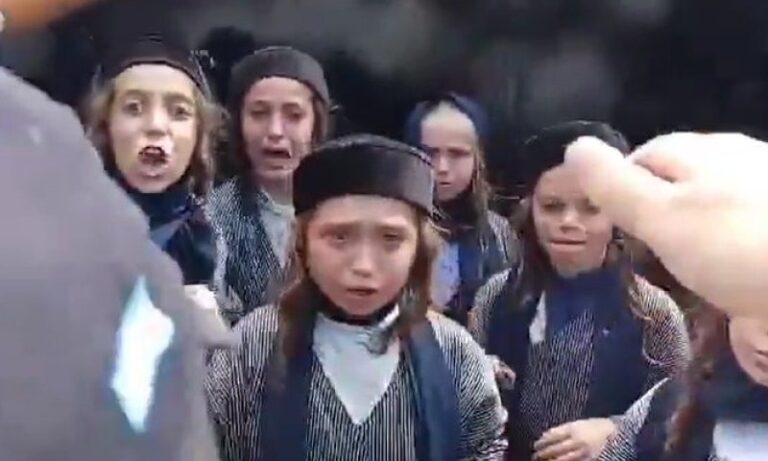NATO said Friday it plans to deploy three surveillance planes to Romania next week to perform reconnaissance missions and to “monitor Russian military activity ” within the 30-nation military alliance’s territory.
The Airborne Warning and Control System surveillance planes, or AWACS, belong to a fleet of 14 usually based in Germany. Three of the aircraft will be sent Tuesday to an airbase near Romania’s capital, Bucharest, on a mission expected to last several weeks, the 30-nation alliance said in a statement.
The planes “can detect aircraft hundreds of kilometers away, making them a key capability for NATO’s deterrence and defense posture,” NATO spokesperson Oana Lungescu said in a statement.
Since Russia invaded Ukraine in February, NATO has bolstered its presence on Europe’s eastern flank, including by sending additional battlegroups to Romania, Bulgaria, and Slovakia.
AWACS have conducted “regular patrols over eastern Europe and the Baltic Sea region to track Russian warplanes near NATO borders” throughout the Russia-Ukraine war, the statement said.
The NATO planes, Boeing E-3s, were jointly purchased at a cost of almost $8 billion in 1977 at the height of the Cold War, when Jimmy Carter became U.S. president and as a missile crisis with the Soviet Union was beginning to fester in Europe.
Along with a small drone fleet in Italy, the planes are among the few military assets that NATO owns as an alliance. They’ve been routinely refurbished to ensure that they can keep flying until 2035.
Some of the planes were deployed in U.S. skies 24 hours after the September 11, 2001 attacks to help protect cities and nuclear power plants. Beyond their role as NATO’s eye in the sky, the planes can be used for air-policing, support in counter-terrorism or evacuation operations, and provide help during natural disasters.
(AP)











